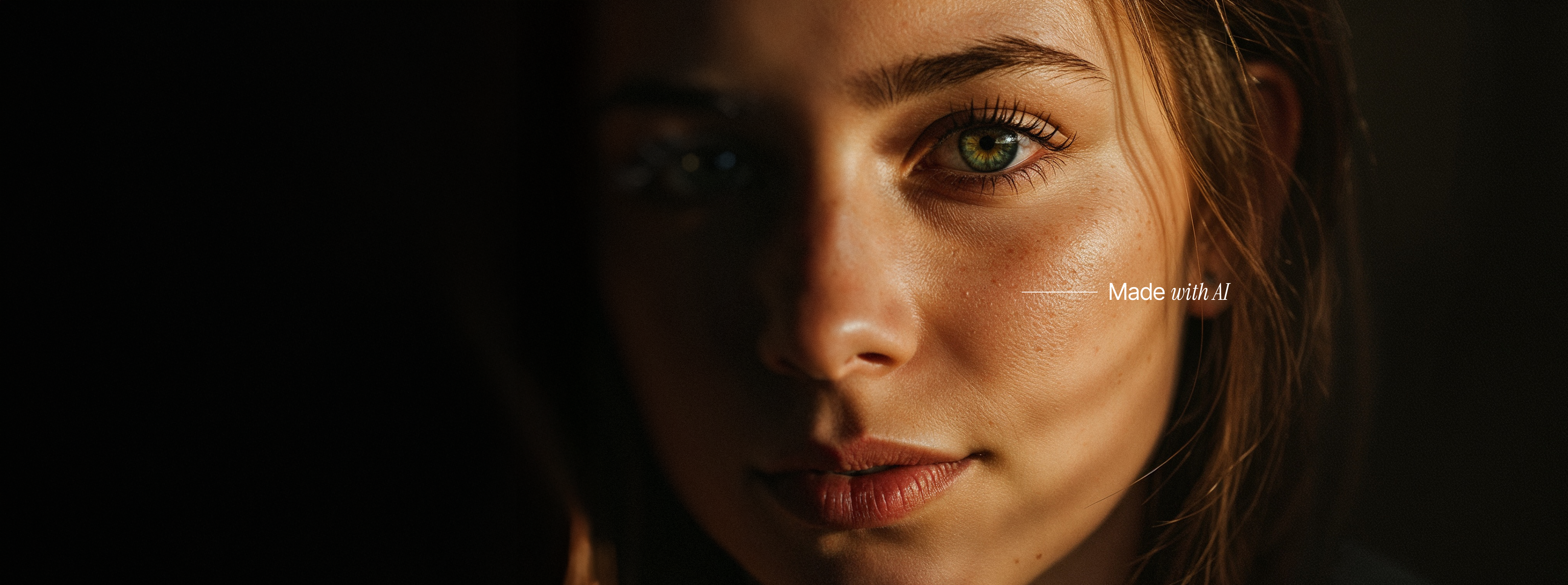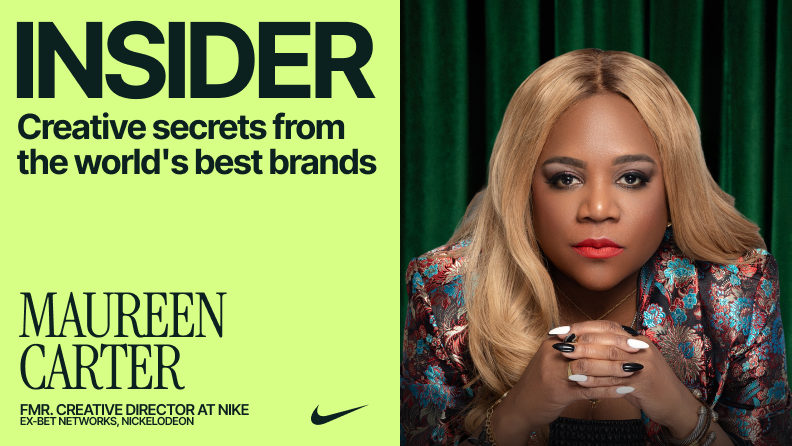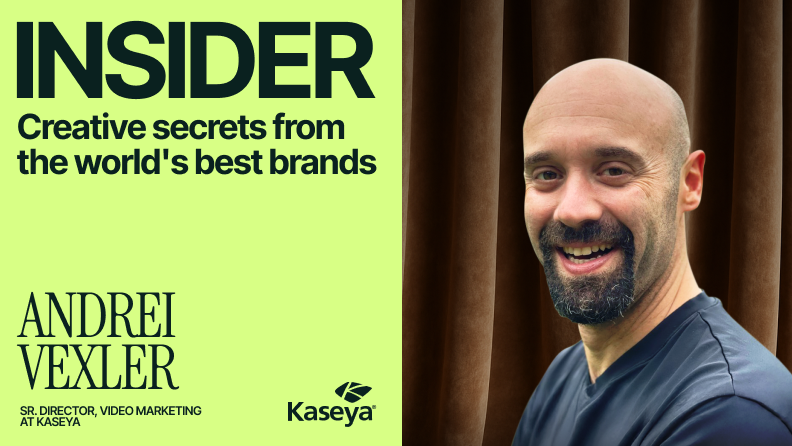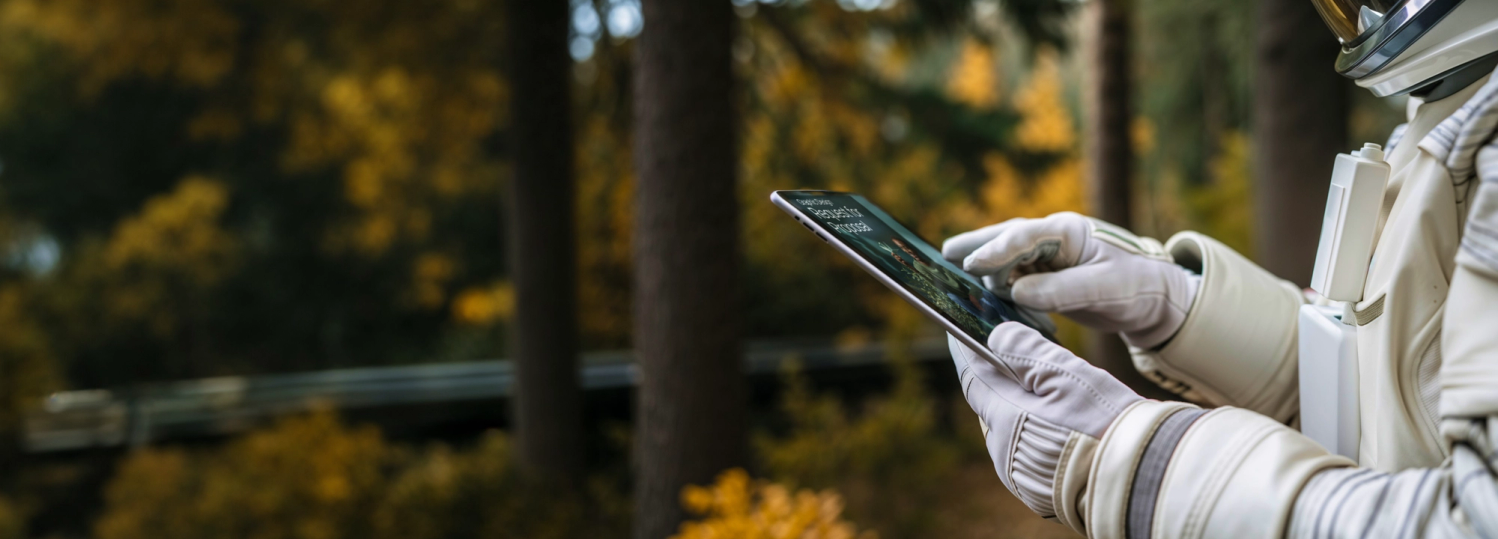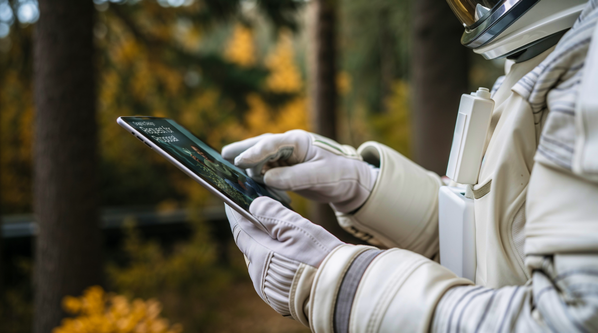2 Tricks for a Set-and-Forget Design Ecosystem

To start seeing a difference in your creative marketing efforts, take the little things off your plate. Templatize every type of brand asset you possibly can, and lean into automation to reduce the “grind” of design operations.
I’ve got a breakfast routine that I’ll keep until I die. Every couple of weeks, I make a huge pot of oatmeal and load it up with dried berries, nuts and other general hippy crap—everything the great “They” say should be in your stomach before you start the day. When I wake up each morning, all I have to do is pop a couple of scoops of this health attack in the microwave and I’m on my way; feeling like I’ve been kissed by god.
Point is, a strong system changes everything. The half-hour I spend making one pot of damn good oatmeal every couple of weeks frees me up to do better things with my morning, without further thought. If we creative marketers templatize our work lives the way we templatize something as mundane as our breakfast, we’d start feeling like gods too.
Most design and marketing teams think they have a solid design system. Marketing request goes in, design asset comes out and everything around that gets left to chance and the vague hope of good fortune. But what would creative marketing look like if it were actually standardized?
We Treat Tedium Like Necessity
And it’s killing our effectiveness. Marketing’s been hit as hard as anyone in recent memory by the recession, and we’re all being asked to pump out more with less. More assets, more content and more results were needed yesterday. The system mentioned above leaves miles of gray area, and it results in every asset taking ages longer than if we’d spent the time getting creative within a template.
Creative marketing sage Dmitry Shamis posed a question marketing teams are used to asking, but seldom answer. “How do you get the small stuff off your plate?” he asked. “How do you put yourself in a position to thrive?” The solution, he said, lies in systematization. “You have to make an active decision to stop focusing on the run rate work by investing in guidelines, templates, and automation.”
We chalk oversights like these up to occupational necessity, but there’s no reason every kind of asset shouldn’t have a mother framework to build from. For our “wingin’ it” attitude, we pay eternally with our time and marketing dollars.
A better design ecosystem isn’t hard. It’s just different.
Imagine a world where your brand is truly, incorruptibly set in stone. The guardrails are crystal clear, but still leave room for experimentation. The templates are primed and leave creative marketing only to fill in the odd blank space. Automation is omnipresent, with everything tedious left to the bots.
If this sounds too good to be true—well, first off, raise your bar for excitement. But more importantly, plenty of creative marketing teams are already living in this chrome-plated utopia. And from the obvious convenience comes ingenuity: They’re free to start making the big swings that marketing needs to be making in a viciously competitive environment. Unencumbered by tedium and in pitch-perfect brand harmony, they hold their balance sheets high.
Using Shamis’ framework, here’s how your team can build a “set and forget” design ecosystem that’ll have you walking like gods among mortals.
Trick 1: Templatize Creative Production
Unless you’re completely green, you’ve likely already got templates. No one can scale without them, but it’s odd how often we just stop templating once we’ve reached the bare minimum. With just enough templated assets to “get by”, we relinquish hope for an easier tomorrow.
Maybe part of us feels it’s a threat to our artistic process—how can we call ourselves creatives if we’re working off some copy/pasted format? We worry having a formula for everything is a road to ruin, or at least stale branding.
The problem with this thinking, outside of placing a boot on our own necks as we strive to produce quickly, is the assumption it makes: It assumes that our job as creative marketers is to be changing the game with every new asset. On the contrary… what our businesses need are branded assets that challenge and/or delight an onlooker while retaining the core of the brand’s visual identity. Any designer worth their salt can, and will find a way to do both within the framework of any template.
The more said designer can pull up a template for each piece of branded content—an ad, a social graphic, a motion graphic, a landing page, etc.—the more quickly they can produce something fitting the aforementioned business needs. The time bought back is time spent ideating and playing around with those out-of-the-box ideas that resonate more deeply with your audience. In their current state, many creative marketing teams are shoveling those hours into needless, manual, from scratch labor.
How to pull it off.
Even the most ambitious brands don’t generally have the capacity to pump out top-tier creative at the breakneck pace that’s expected of them. So, steal from those who’ve sidestepped this industry-wide problem altogether.
The creative teams at Shopify and Reddit clearly can’t do without scalable templatization. One look at either ad and social branding reveals playful iteration on consistent visual patterns. And as you may expect, both have applied creative support to get there.
That’s all well and good for the big kids, but what’s a design team of one to do? With 400 employees and several offices across the US real estate sector, California-based AEI Consultants had the intention to empower clients to navigate real estate and business risk while sparing the environment the usual irreparable harm. That kind of effort doesn’t happen without branding at every turn. And as is the case for most lean marketing departments, they would’ve fallen short if not for templatization that let them scale.
Creative as a Service (CaaS) is what turned the tide for AEI. Reaching out to Superside to add new brand capabilities, higher capacity and an injection of fresh ideas, they’ve since completed an additional 1,000 hours of design work across print, merch and digital channels. A huge chunk of this gargantuan venture is simple templatization in action: They leaned on Superside to build and fulfill clever, repeatable templates that allowed them to fill their socials and presentations without ever adding a head. Despite increasing competition in their field, they’re now a leading voice in real estate consultation—and their quick, easy creative turnaround is keeping them there.
Trick 2: Automate Design Operation
It’s hard to talk about automation these days without conversations turning to screaming matches about the uses and misuse of AI. But we’ve been letting bots run the more tiresome parts of our personal and professional lives for a long time now, and we’re almost always better off for it in the long term. Just as a toaster beats holding bread over a fire, automating the little things makes all the difference.
Any creative marketing/design system is built on the bricks of dozens, sometimes hundreds of these little tasks. Briefing, reviews, approval, creative submission, stakeholder management, asset status checks, project management, invoice approval and tracking, 360 evaluations and far more… these are primarily administrative activities that require little creative input. And yet, we let creative marketing teams pour countless hours and resources into work that a bot could do for free in milliseconds.
The marketer who signed on to kick the brand through the roof is sifting through their millionth project management platform task. The designer who came aboard to start a fire with their creative spark is messaging so-and-so for the umpteenth time checking where the frigging graphic for the thing is. This is not how big swings are made.
How to pull it off.
Tech. Design tech, specifically. We’re so used to thinking of design and marketing tech as being either of the InDesign or HubSpot variety, it doesn’t often occur to us that there might be a similar solution for design operations (design ops).
Most creative marketing teams have some semblance of workflow automation in-house, but the waves of marketing demands mean those systems are often operating at capacity. While it’s possible to attempt to expand creative teams to hire more designers, a design ops pro, and… oh, come on. We both know you tuned out when I said “Hire more designers”. That never flies with leadership.
This is why CaaS tends to come up in conversations about design automation as well: Creative marketers partner with teams that help automate the admin that makes scalable design possible. Without the tedium, and without the wasted hours.
CaaS partners can use automated systems that combine design workflow technology with their top talent, allowing creative teams to move quickly through a fully-managed process including everything from staffing and sourcing, to project management, invoice generator tools for faster invoice tracking, as well as 360 evaluations. The end point? Projects that get delivered in 12- to 24-hour turnarounds, without skimping on, you know, being great. Amazon learned it firsthand, with nearly 350 design hours and over 1,000 creative assets delivered in the first three months.
Automation helps them get off the ground quickly as well. CaaS partnerships give creative marketers virtual teams that can be auto-assembled for specific projects within minutes, including a dedicated project manager who works with designers directly. Try getting that kind of mileage out of your design team without rubbing your forehead.
Convenience is the Mother of Invention
A perfect design ecosystem won’t just spring forth from the earth. With such scarce resources on hand for most design and marketing teams, a strong design ecosystem requires support. CaaS is a typical solution in these cases, giving overstretched (or simply underperforming) teams the added creative juice without adding heads. With CaaS in their back pocket, they’re able to quickly systematize their design workflows so they can spend their days doing work that actually drives value.
Beyond that, they allow themselves the legroom to start making those “big swings”—taking the creative chances that distinguish the brand from the onslaught of competition. Shamis said it best: “When you get the machine up and running—mamma mia!” he wrote, explaining how better design systems reposition a team’s focus to more critical work. “You're not focused on the run rate work, you're not focused on keeping the lights on. Those things are now taken care of.”
“Now you can focus on the big swings,” Shamis wrote. “And that's where the fun happens.”
David is a Senior Content Marketer at Superside. A former journalist with bylines too numerous to enumerate, he brings his love of storytelling and semantics to the marketing world. Recognizing the sizable gaps in the creative-as-a-service (CaaS) sector, he jumped at the chance to fill the creative void for ambitious brands. In his off hours, he enjoys loud music, making vegan meals and being made fun of for making vegan meals. He’ll gladly talk to you about any of the above on LinkedIn.
You may also like these
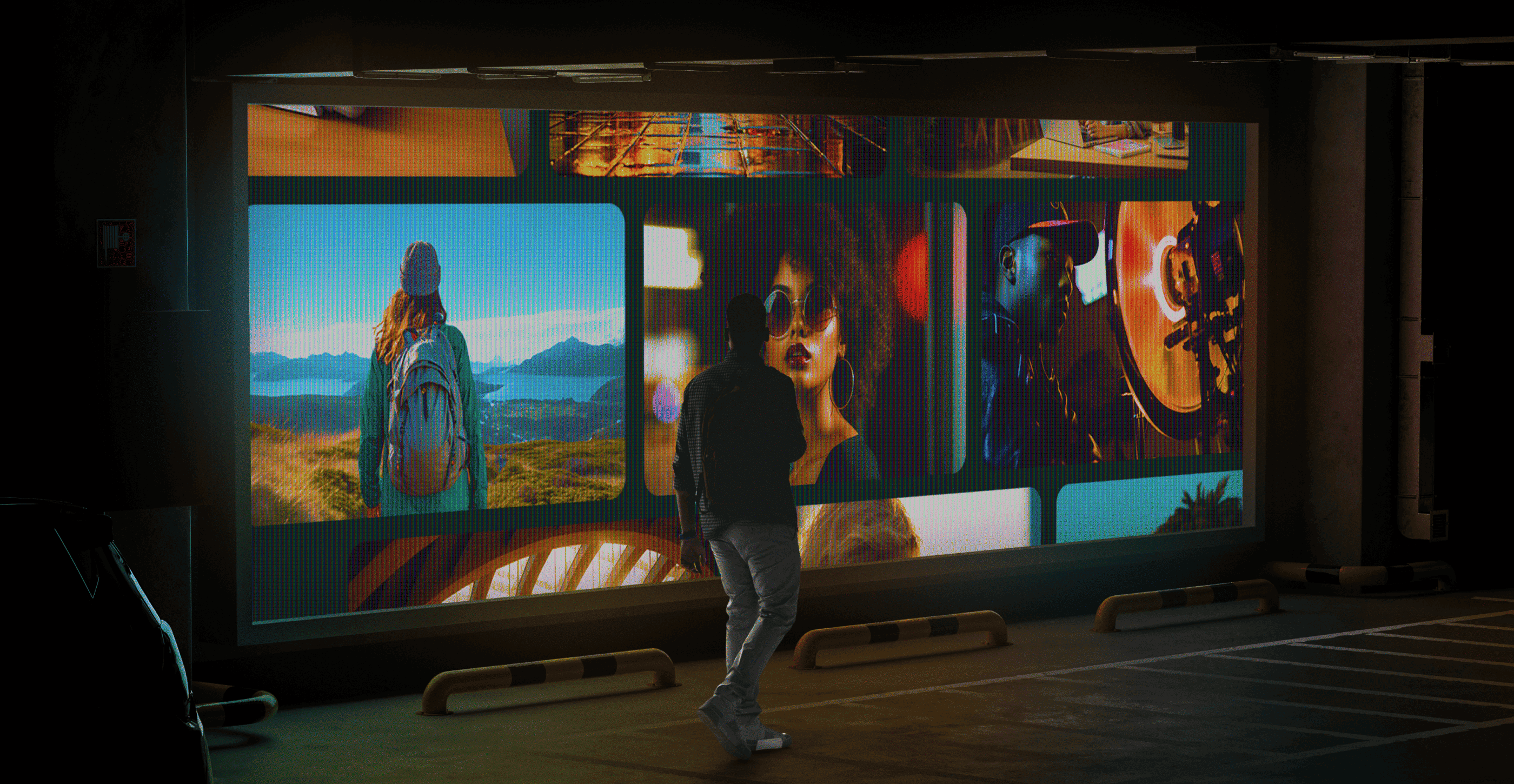
7 top creative support solutions for teams and enterprises
There’s no denying that today’s marketing and creative teams are under more stress than ever. To deliver high-performing, top-quality assets at scale, many teams are getting fewer resources, smaller budgets and tighter deadlines.As an ever-increasing number of brands compete for audience attention, the demand for compelling content is getting higher—and essential for creative teams to meet.It’s no surprise then that in-house marketing and creative teams are turning to advanced creative support solutions to help enhance efficiency, streamline workflows and optimize production processes.From AI-powered design to cloud-based collaboration software and outsourced creative services, these solutions transform how teams work, allowing them to produce more assets faster without compromising quality.Our best advice to teams and enterprises on how to get this right? Make Superside your creative team’s creative team and free up your team to do their best work.
How to find creative partner agencies to boost 2025 strategy
Are your internal creatives battling to keep up as the demand for authentic, trustworthy content grows? For many brands, outsourcing creative makes sound financial sense. Plus, partnering with an experienced creative services team can bring fresh ideas and impressive scalability.80% of customers say that the experience a company provides is just as important as its products or services, meaning that driving great customer experiences is essential in 2025. Once again, creative partnerships pay dividends, as many creative agencies go well beyond KPIs to drive genuine cultural impact and build trust.Unlike traditional agencies, creative partner agencies also typically act as an extension of your team. Work with Superside, for example, and our talented designers will become your creative team’s creative team.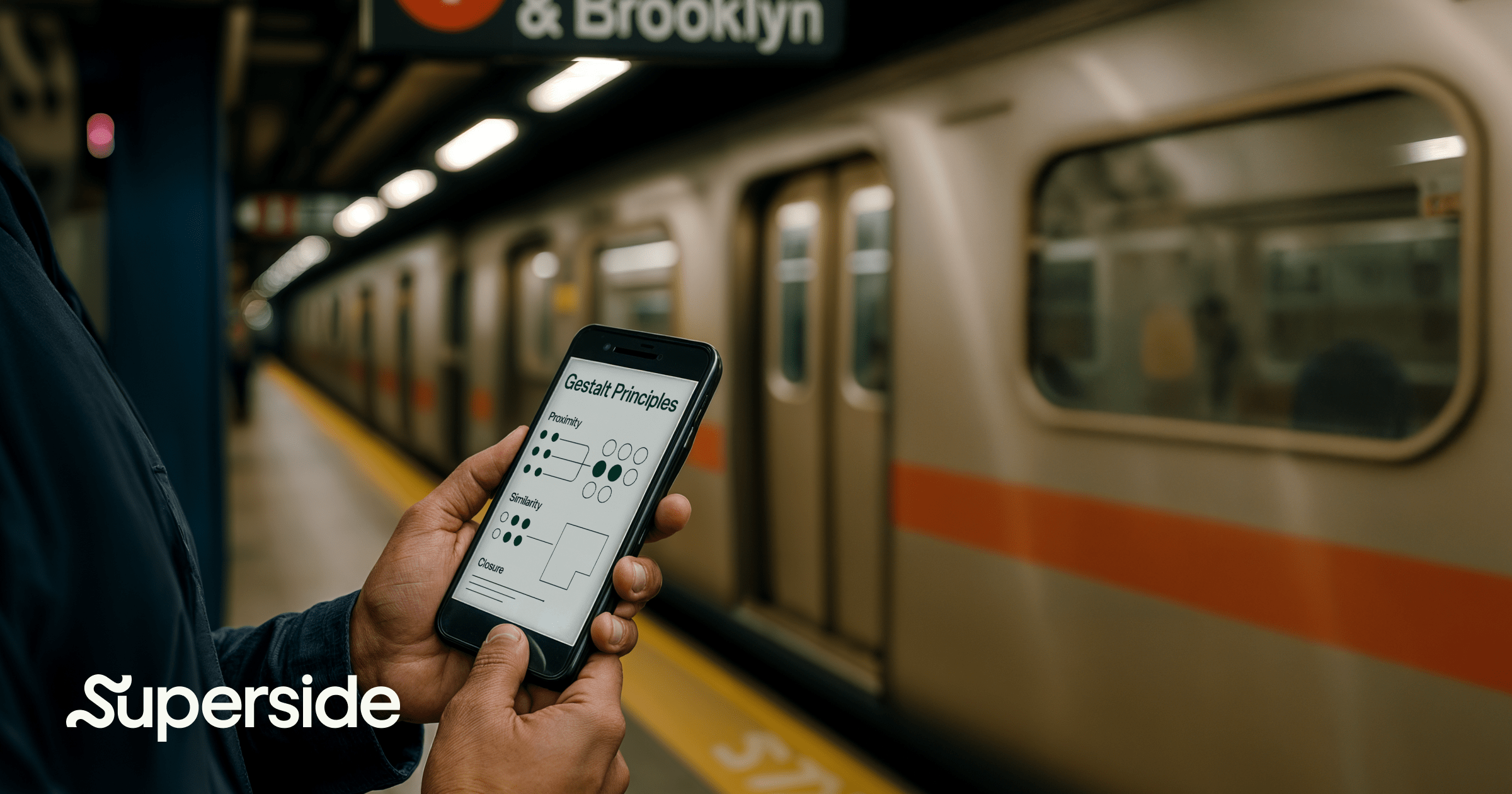
11 Gestalt Principles of Design: A visual guide for design teams
Some designs instantly draw you in, guide your eye and clearly communicate a message. Others leave you lost in a maze of clutter and confusion. The difference isn’t just color palettes or fonts; it’s in the way our brains instinctively organize and interpret what we see.Enter the Gestalt Principles of Design: The hidden psychology that shapes how we recognize patterns, group visual elements and quickly make sense of designs. For designers and marketers, the Gestalt principles is the key to creative that’s clear, compelling and persuasive.Even after a century, these principles remain indispensable. In fact, the ability to organize complex visual information and guide user attention is more critical than ever at a time when immersive experiences, augmented reality (AR) and 3D design become mainstream.Looking for guidance? As the world’s top AI-enabled, global creative partner for enterprises, the Gestalt principles are design basics our designers nailed long ago. Partner with us, or use this guide to find out how to use these design basics to deliver jaw-dropping creative results.What is Gestalt psychology?

